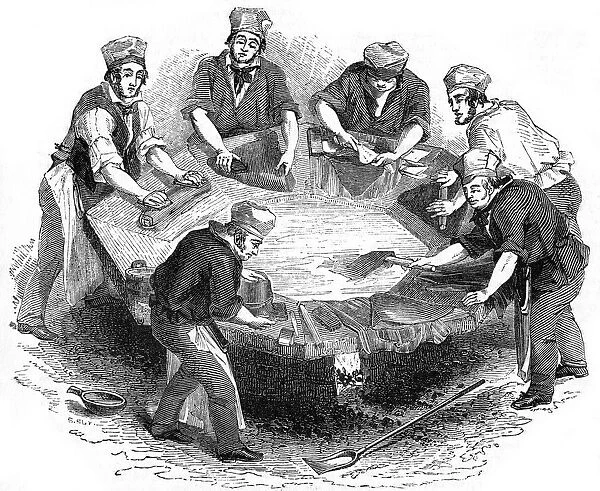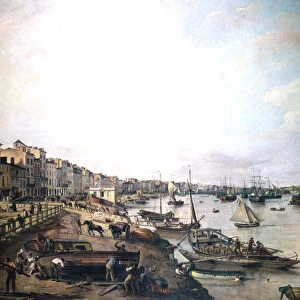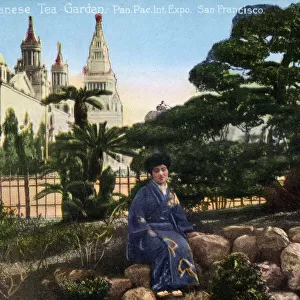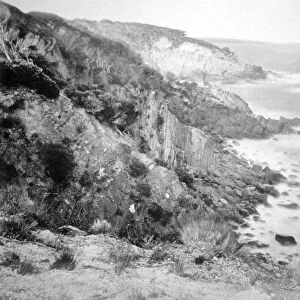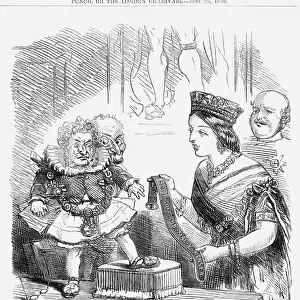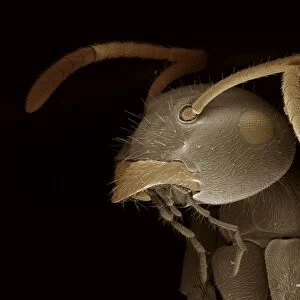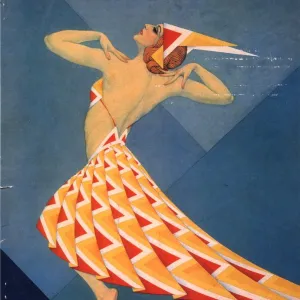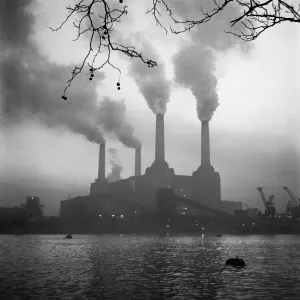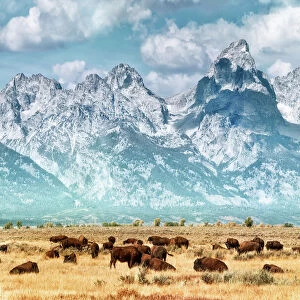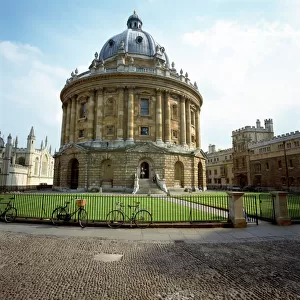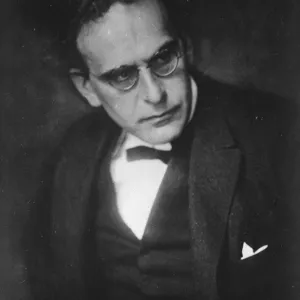Photo Mug > Animals > Mammals > Leporidae > Brush Rabbit
Photo Mug : Making beaver hats, 1841
![]()

Home Decor From Heritage Images
Making beaver hats, 1841
Making beaver hats, 1841. Although called beaver hats, a certain amount beaver fur was only used in the most expensive examples. In most others, rabbit fur was used. The body of the hats was felted in a kettle. The felted material was then placed on a wooden block and formed into a hat and the nap of the material was then raised by brushing. Mercury was used in the kettle and the hatters inhaled vapourised mercury in the steam. As a result many of them suffered from the uncontrollable shaking typical of mercury poisoning which attacked the central nervous system. The Mad Hatter in Alice in Wonderland exhibited these symptoms. From The Penny Magazine, London, 1841
Heritage Images features heritage image collections
Media ID 14866090
© Oxford Science Archive / Heritage-Images
Beaver Hat Disease Hatmaker Hatter Industrial Disease Kettle Manufacturing Mercury Occupational Disease Oxford Science Archive Wood Engraving
Large Photo Mug (15 oz)
Step back in time with our Media Storehouse Photo Mug featuring the captivating image, "Making beaver hats, 1841" by Anon from Heritage Images. This mug showcases an intriguing glimpse into history, depicting the process of hat-making during the early 19th century. Contrary to popular belief, these hats were not exclusively made from beaver fur, but often used rabbit fur instead. Add a touch of history to your daily routine with this unique and stylish mug. Embrace the richness of the past in every sip.
Elevate your coffee or tea experience with our premium white ceramic mug. Its wide, comfortable handle makes drinking easy, and you can rely on it to be both microwave and dishwasher safe. Sold in single units, preview may show both sides of the same mug so you can see how the picture wraps around.
Elevate your coffee or tea experience with our premium white ceramic mug. Its wide, comfortable handle makes drinking easy, and you can rely on it to be both microwave and dishwasher safe. Sold in single units, preview may show both sides of the same mug so you can see how the picture wraps around.
These are individually made so all sizes are approximate
FEATURES IN THESE COLLECTIONS
> Animals
> Mammals
> Cricetidae
> Brush Mouse
> Animals
> Mammals
> Leporidae
> Brush Rabbit
> Arts
> Literature
> Magazines
> Europe
> United Kingdom
> England
> London
> Related Images
> Europe
> United Kingdom
> England
> Oxford
> Europe
> United Kingdom
> England
> Related Images
EDITORS COMMENTS
The print captures a scene from 1841, showcasing the intricate process of making beaver hats. In this era, despite their name, beaver fur was only used in the most luxurious examples of these fashionable accessories. Rabbit fur was more commonly employed for crafting these stylish headpieces. The image reveals skilled workers diligently engaged in their craft. The first step involved felting the hat's body inside a large kettle. Once felted, the material was carefully placed on wooden blocks to shape it into a hat form. To achieve a smooth and refined finish, the nap of the material was raised through meticulous brushing. However, this seemingly elegant trade had its dark side. The use of mercury in the kettle emitted vapors that were unknowingly inhaled by hatters during their work process. Tragically, many suffered from mercury poisoning as a result, experiencing uncontrollable shaking and other symptoms that attacked their central nervous systems. Interestingly enough, Lewis Carroll's iconic character -the Mad Hatter- exhibited similar symptoms due to his fictional occupation as depicted in Alice in Wonderland. This snapshot offers us a glimpse into an industry plagued by occupational disease during Britain's industrial revolution. It serves as a reminder of both the artistry and hazards associated with traditional craftsmanship while shedding light on historical practices that have since been improved for worker safety and well-being.
MADE IN THE USA
Safe Shipping with 30 Day Money Back Guarantee
FREE PERSONALISATION*
We are proud to offer a range of customisation features including Personalised Captions, Color Filters and Picture Zoom Tools
FREE COLORIZATION SERVICE
You can choose advanced AI Colorization for this picture at no extra charge!
SECURE PAYMENTS
We happily accept a wide range of payment options so you can pay for the things you need in the way that is most convenient for you
* Options may vary by product and licensing agreement. Zoomed Pictures can be adjusted in the Basket.


